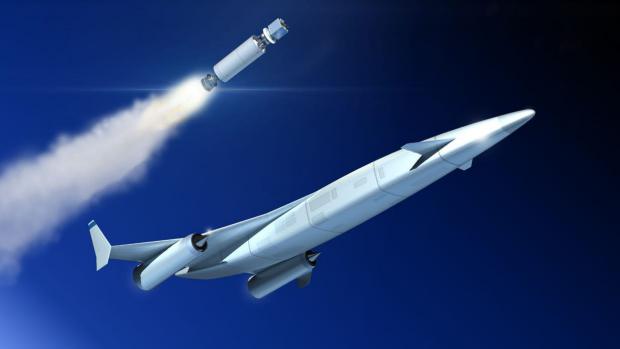
Breaking News
 Silver up over $2.26... Today! $71.24 (and Gold close to $4500)
Silver up over $2.26... Today! $71.24 (and Gold close to $4500)
 GARLAND FAVORITO: More and more fraud from the 2020 election in Fulton County, Georgia...
GARLAND FAVORITO: More and more fraud from the 2020 election in Fulton County, Georgia...
 Rep. Matt Gaetz tells Tucker Carlson that agents of the Israeli govt tried to blackmail his...
Rep. Matt Gaetz tells Tucker Carlson that agents of the Israeli govt tried to blackmail his...
 Trump: We need Greenland for national security… you have Russian and Chinese ships all over...
Trump: We need Greenland for national security… you have Russian and Chinese ships all over...
Top Tech News
 Travel gadget promises to dry and iron your clothes – totally hands-free
Travel gadget promises to dry and iron your clothes – totally hands-free
 Perfect Aircrete, Kitchen Ingredients.
Perfect Aircrete, Kitchen Ingredients.
 Futuristic pixel-raising display lets you feel what's onscreen
Futuristic pixel-raising display lets you feel what's onscreen
 Cutting-Edge Facility Generates Pure Water and Hydrogen Fuel from Seawater for Mere Pennies
Cutting-Edge Facility Generates Pure Water and Hydrogen Fuel from Seawater for Mere Pennies
 This tiny dev board is packed with features for ambitious makers
This tiny dev board is packed with features for ambitious makers
 Scientists Discover Gel to Regrow Tooth Enamel
Scientists Discover Gel to Regrow Tooth Enamel
 Vitamin C and Dandelion Root Killing Cancer Cells -- as Former CDC Director Calls for COVID-19...
Vitamin C and Dandelion Root Killing Cancer Cells -- as Former CDC Director Calls for COVID-19...
 Galactic Brain: US firm plans space-based data centers, power grid to challenge China
Galactic Brain: US firm plans space-based data centers, power grid to challenge China
 A microbial cleanup for glyphosate just earned a patent. Here's why that matters
A microbial cleanup for glyphosate just earned a patent. Here's why that matters
 Japan Breaks Internet Speed Record with 5 Million Times Faster Data Transfer
Japan Breaks Internet Speed Record with 5 Million Times Faster Data Transfer
Boeing and Rolls-Royce back British hypersonic spaceplane venture

Part of a US$37.3 million Series B funding round that also included BAE Systems, it follows a £60 million (US$85.6 million) investment in the company by the British government in 2013.
Reaction Engines has been working on its plans for a hypersonic spaceplane long before the company was founded in 1989. Based on the work of engineer Alan Bond, it began life as the HOTOL project, which was a joint project by Rolls-Royce and British Aerospace. When that fell through due to technical problems, Bond, along with engineers John Scott-Scott and Richard Varvill, formed REL, which has concentrated for the past 29 years on developing variants of the Synergetic Air-Breathing Rocket Engine (SABRE) engine.
The main component of REL's Skylon spaceplane, SABRE is a hypersonic hybrid engine that acts like a conventional jet at speeds below Mach 5 (3,704 mph, 5,961 km/h), but at hypersonic speeds it converts into a pure rocket engine burning hydrogen and liquid oxygen to achieve speeds of up to Mach 25 (17,521 mph, 29,808 km/h). Key to this is a revolutionary heat exchanger that protects the engine against melting as it approaches hypersonic velocity.



